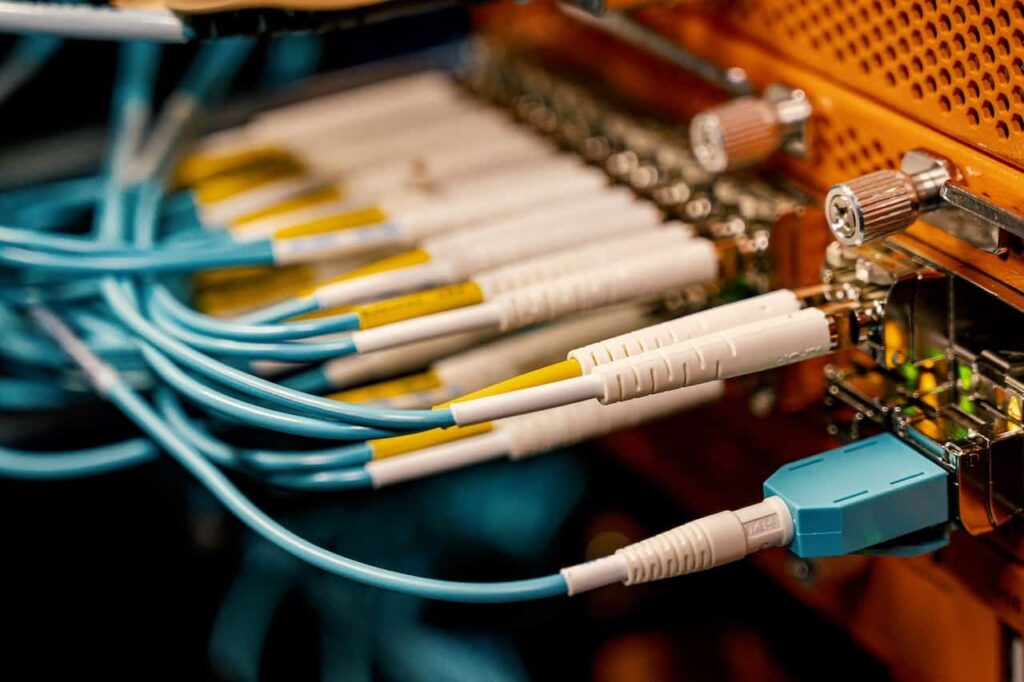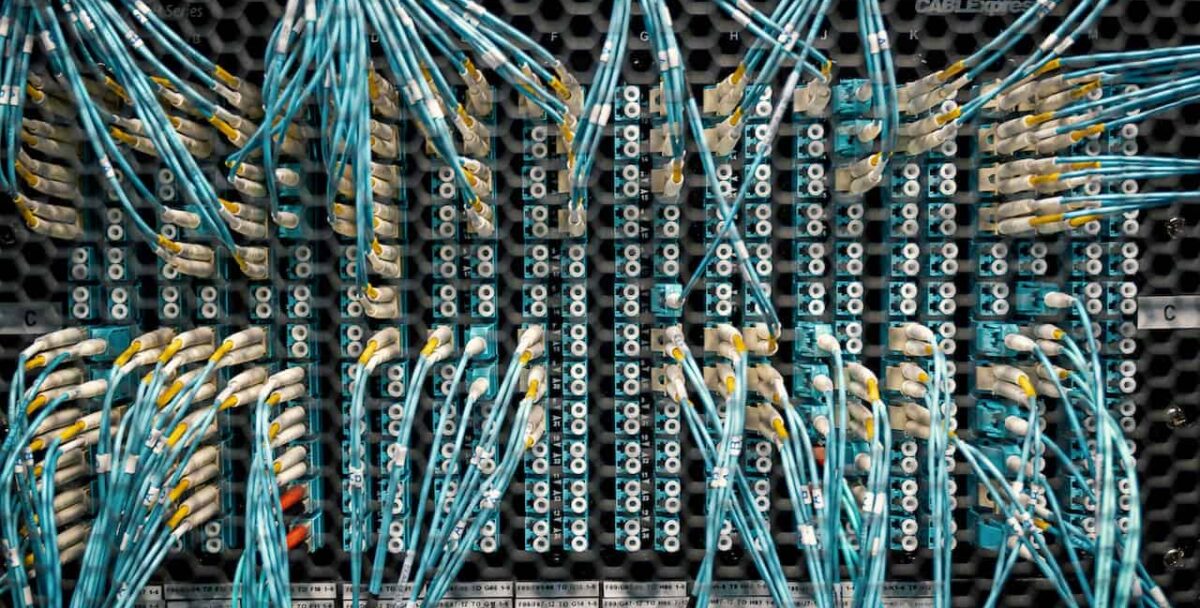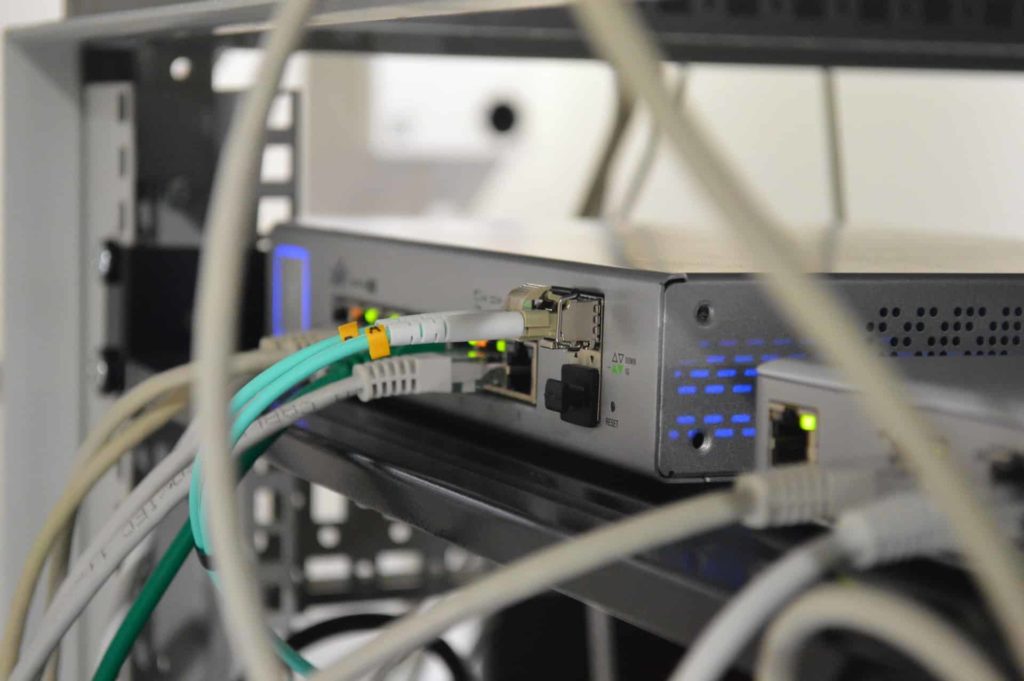When setting up a business, one of the most important decisions you’ll make is what kind of cabling to use. There are pros and cons to fiber optic cables and copper cabling, and it can take time to decide which is best for your needs. This blog post will compare the two options and help you decide which is right for you.
Fiber Optics: The Pros
In today’s digital age, data is everything. Businesses rely on data to make decisions, stay connected with customers, and run their operations. Quick, reliable access to data is essential for success. That’s why more and more businesses are making the switch to fiber optics cabling.
Fiber optics cabling is made of extremely thin strands of glass or plastic capable of transmitting data at high speeds—up to 10 gigabits per second! Data transmitted over fiber optic cables are also less susceptible to interference than data traveling over copper cables.
Reach
If you need to send a signal farther, fiber optic cables are the superior option. While certain single-mode fiber optic connections may transmit data up to 25 miles, copper wires can only transmit signals for roughly 100 meters. Compared to copper, which loses more than 90% of its transmission over the same distance, fiber optic cable loses only about 3% of its signal per 100 meters. And because fiber optics cabling doesn’t rely on electricity to transmit data, it can eliminate many potential hazards associated with electrical currents, including fires and electrocution.
Related Link: What is an Ethernet Cable? Find the Best for Your Needs
Interference
Fiber optics cabling is much less susceptible to interference than copper cabling. This is because the signals carried by fiber optics cabling are not affected by electromagnetic interference (EMI) in the same way that those carried by copper cabling are. EMI is caused by things like electrical motors, power lines, and microwave ovens, and can result in signal loss, distortion, or even complete disruption. As a result, fiber optics cabling is often the preferred choice for businesses that need to transmit data over long distances without interruption.
Looking for information about the newest office technology? Visit our blog to learn more!
Durability
Fiber optic cables are easier to work with and less likely to sustain inadvertent damage during installation since they are constructed of glass or plastic rather than copper. They are also significantly thinner and lighter than copper cables. Also, because fiber optic cables are made of these materials, they’re not as vulnerable to physical damage as copper cables are—which means your business’s data will be safe even if there’s an accident or natural disaster.
Comparatively weak to fiber optic cables, copper wire can only endure a pulling force of about 25 pounds. Fiber, which is significantly lighter than metal but can resist 200 pounds of pressure, is undoubtedly preferred when building a local area network (LAN).
Related Link: 10 Tips To Install Fiber Optics the Right Way

Fiber Optics: The Cons
Price
The biggest downside of fiber optic cabling is the upfront cost. Fiber optics cable is significantly more expensive than copper cable, which can be a barrier for some businesses. Additionally, fiber optics require special termination equipment that can add to the overall cost. However, the price of fiber optics has been dropping steadily in recent years, making it a more affordable option for many businesses.
To prepare your infrastructure for a fiber upgrade, your company might need to make some hardware and equipment upgrades. In addition to the original installation fee, this may raise the cost of fiber adoption. Although a professional evaluation is the only guaranteed technique to ascertain equipment compatibility, you might need to replace your routers or wiring.
Copper Cabling: The Pros
Copper cabling has been used for years and is the most common type of cabling used in homes and businesses. One of the main advantages of copper cabling is that it is less expensive than fiber optics. Not only is copper cabling cheaper to install than fiber, it’s also more widely available. Copper cabling is also much easier to install than fiber optics, which means that businesses can save on installation costs. Copper cabling is typically easier to work with since it can be cut and spliced more easily.
Copper Cabling: The Cons
Speed
One of the main disadvantages of copper cabling is that it transmits data at slower speeds than fiber optics. Copper cabling is the older technology. It uses electrical signals to transmit data, which makes it slower than fiber optic cabling. However, it’s also cheaper and easier to install than fiber optic cable. Additionally, copper cabling is much heavier and thicker than fiber optics, which can make it more difficult to work with during installation.
Are There Information Security Risks With Copper?
Another major disadvantage of copper cabling is that it is much more susceptible to interference than fiber optics cabling. This is because the electrical signals that are carried by copper cables can be disrupted by EMI in a way that those carried by fiber optics cables cannot. As a result, businesses that rely on copper cabling for their telecommunications needs may experience signal loss, distortion, or complete disruptions on a regular basis.
Do you require help incorporating workplace technology into your company?
Contact us today!

Choosing The Right Cabling
So, which type of cabling is harder to install—fiber optics or copper? Fiber optics are faster, more reliable, and future-proof. Copper cabling is cheaper but can be unreliable and slow. If you have a business that relies on speed and reliability (like most businesses do), then fiber optics should be your go-to option for networking infrastructure. However, if the price is your number one concern, copper cabling may still be a viable solution for you. Be sure to check out our website for more helpful technology blogs like this one!
Related Link: How to Choose the Best Fiber Patch Cord
Last Updated on June 8, 2023 by Josh Mahan




